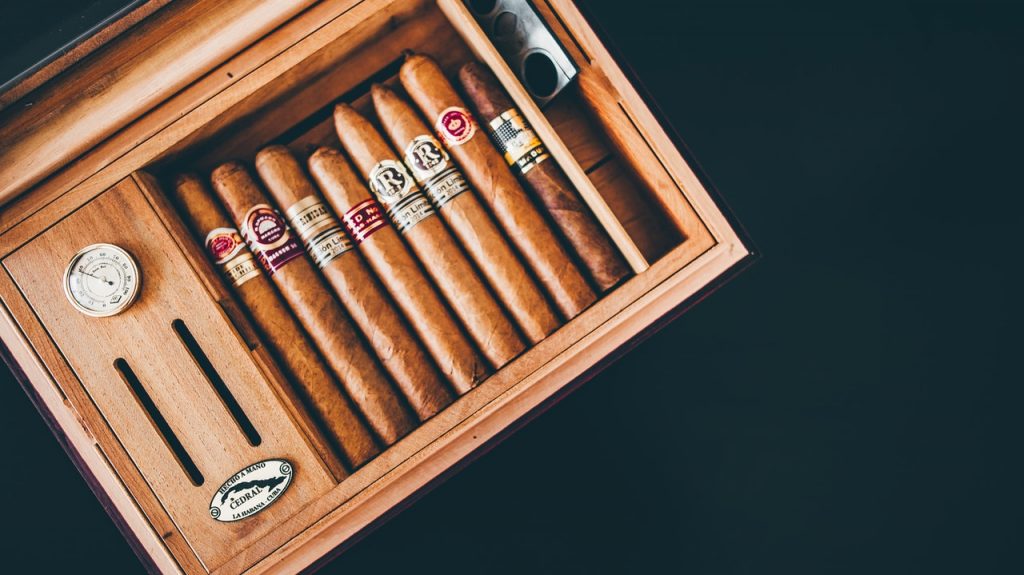CIGARS: HOW ARE THEY MADE?
Earlier, at the beginning of the twentieth century, cigars were made by hand, this is why older Cigars that have been correctly preserved are more sought after than newer ones. From 1910 to 1929, the industry rapidly increased. While some aim to preserve the tradition of rolling cigars by hand, a majority are manufactured using the machine, either partially or fully.
Materials used.
Tobacco Leaf is the cigar’s principal raw material. It owes its strong flavors to the climates in which it is grown. The most commonplace that it’s grown is in the Dominican Republic, Cuba, and Jamaica. Before proceeding to the manufacturing, high-quality materials are needed from these places.
Three kinds of tobacco leaf are needed to manufacture a cigar. The dried crushed filling is the first. Whole Tobacco leaves then are wrapped around this filling. Lastly, the outside wrapping requires a large, finely textured leaf. There are times cigars are wrapped from the outside with a high-quality leaf, such as a Cuban Cigar. Flavor agents are sprayed on the filler leaves. As for the band placed around the cigar to hold it in place, it is made of paper.
Most cigars are now machine-made to conform to consistent public demand. They use homogenized tobacco leaf (HTL) as both the wrapper and the binder. HTL are tobacco leaf scraps that were mixed with vegetable gum, then smashed and rolled into sheets. They appear sturdier and more uniform than the whole leaf of tobacco. It serves better for use in cigar-making machines. As it is used to wrap, manufacturers may add flavorings to it.

The Manufacturing Process.
1. Cultivation of tobacco.
2. Curing
3. Fermenting
1. Cultivation of tobacco is a process in which a tobacco plant gets seeded indoors. It gets transplanted into fields within the time frame of six to ten weeks. Carefully, the plants get pruned so the leaves may grow to the appropriate size. Care for the outer wrappers includes covering them with a cloth to protect them from direct sunlight. After several months, expect the plants to mature in the field.
2. Curing is the second process that takes place right after harvesting the tobacco leaves. This helps develop their aromatic power. Curing is an important part of the Cigar process, keeping your Tobacco cured is essential which is why many Cigar smokers also purchase Cigar Humidors.
How are they cured? The harvested leaves are strung into narrow strips, these strips are then hung from the ceiling of a well-ventilated curing barn. It is much simpler when dry weather occurs because they can just simply air cure. Another way is to get the strips hung in a small, heated barn around 90-170 degrees Fahrenheit or (32.2 to 77.C degrees Celsius). The only thing it requires though is careful monitoring of the temperature to prevent extremely rapid drying. To aid in drying the leaves and develop an aroma, sawdust or even hardwood may also be burned in the curing barn.
3. Fermenting
The last step involves sorting the cured leaves by shape, colors, and size. Note whether it’s small or broken, as they can all be cigar fillers. Large leaves will be used to wrap the tobacco from the inside, also known as a binder. The large, fine leaves that are growing under shade and cloth, will be reserved as the outer wrapper. The leaves will then be tied into bundles called candy which is composed of 10-15 leaves. The next thing to do is pack these hands into hogsheads. They are boxes or large caskets. It will then be kept there for six months to five years.

